Gemstones have always attracted with their beauty and extravagance. Nevertheless, in addition to natural data, the faceting of the mineral is of great importance. It is she who gives the unique beauty and dazzling brilliance to the stones. Proper observance of forms and proportions allows you to achieve amazing results. Each type of stone processing has its own characteristics. Today we’ll talk about one of them - cut cushion.
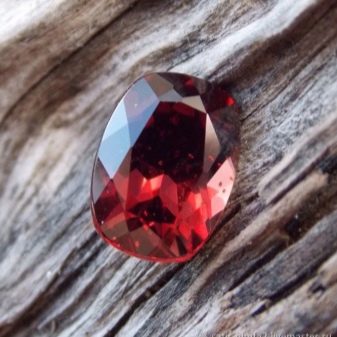
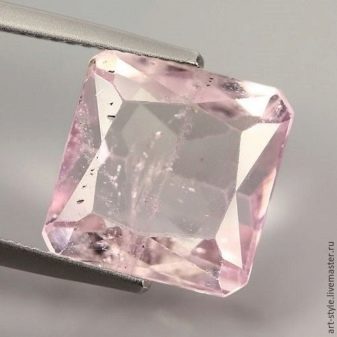
Cut Specifics
This type of grinding is characterized by softened forms. Cushion is a quadrangular stone whose edges are rounded. Seen from above, it looks like a voluminous pad.
This type of processing is characterized by wide faces, and the convex sides provide an ideal play of light.
Cushion cut stone is very demanding on cleanliness. Be it a diamond or any other gem, the slightest pollution will be noticeable on it and will affect the appearance and brilliance. It is also noted that neither in daylight, nor in lamp lighting, the stone will not shine as in the light of a candle.
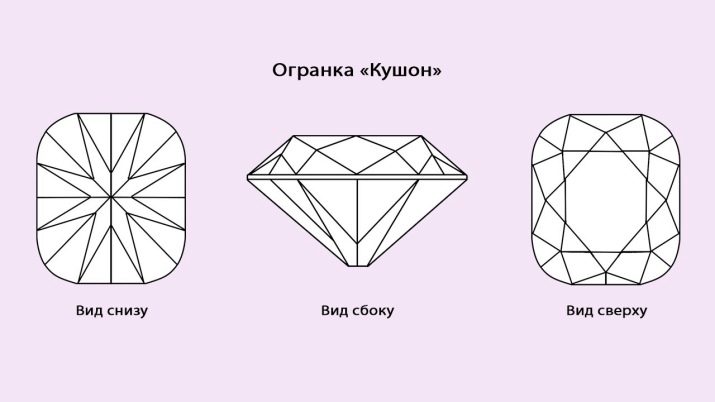
Modern jewelers often use a cushion cut for stones of fancy colors. It conveys all the optical properties of minerals, demonstrating their advantages and hiding possible disadvantages.
Skillful and proper processing allows the stone not only to profitably present its native color, but also to acquire new shades.
Appearance story
The processing of stones by the Cushion technique dates back to the 17th century. Workshops were located directly at the diamond mines where future jewels were mined. Here minerals took shape and shine. A little later it was decided to cut stones with a table. Like everything new This processing method was very popular, but over time it turned out that it was impractical.
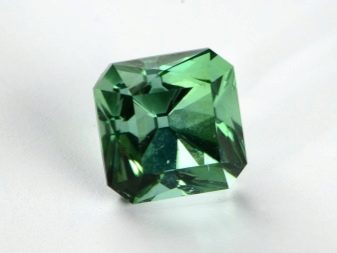

It was then, in the Baroque era, that the jewelers came up with the idea to slightly modify the shape of the crystals, smoothing the corners. But on the whole, there was nothing revolutionary about this.
Therefore, the cushion cut was originally called the “old mine”. The first cushion diamonds were mined and cut in Brazil's diamond mines.
Then South Africa entered the market, and the Brazilian mines began to be called "old."
When processing a diamond acquired a number of advantages:
- no risk of chipping corners;
- volumetric view;
- increased light output;
- minimal weight loss.
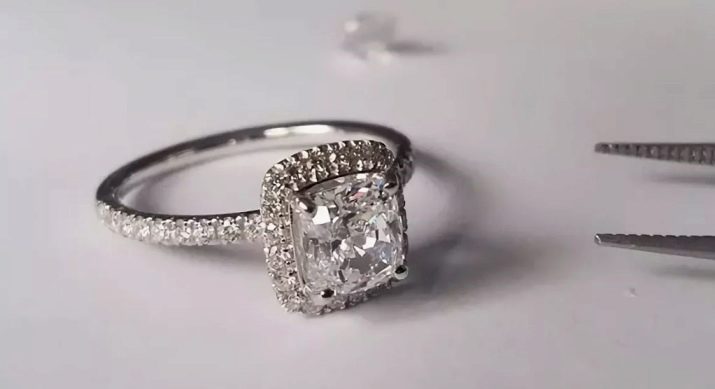
In the nineteenth century, Europe was the main consumer of jewelry and precious stones around the world. Therefore, the masters had to learn how to process minerals on their own. London, Paris, Antwerp and other cities have become leaders in the development of jewelry craftsmanship. Cut cushion is rapidly gaining popularity.
Features
It is noticed that each method of cutting looks different on different minerals. Some stones are more suitable oval or perfectly round shape, others - a pear or a heart. Cushion is no exception.
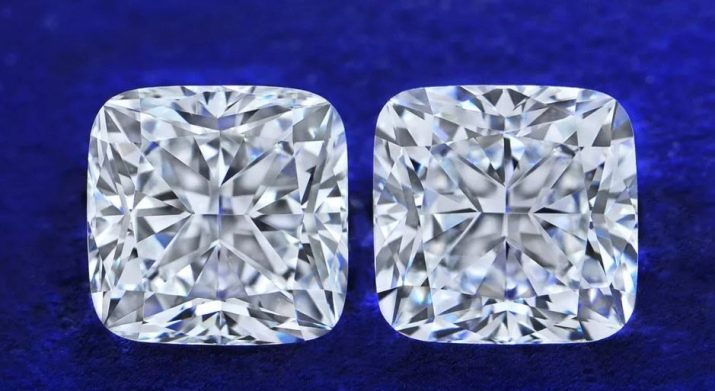
Consider a few stones that are best suited for such a cut.
- Tanzanite - A rather rare purple mineral. It is named after the country in which it was discovered. This, incidentally, is the only place on the planet where it is mined. The color scheme varies from a light purple hue to a rich dark tone, sometimes there may be an admixture of pink or red.
- Swarovski stones. They also look perfect in cut cushion. This type of processing maximizes the shade and brilliance of crystals.
- Sapphire. Pink, blue and even yellow color look great in a rounded square shape. Cutting adds sapphire clarity and saturation.
- Diamond. This stone attracts attention in any design. Cushion diamonds are very popular and in demand.
The special jewelry processing and the width of the faces create a feeling of originality of each item with a cushion stone.
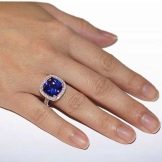
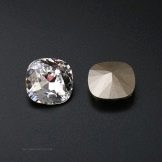
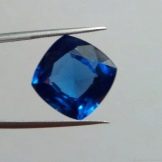
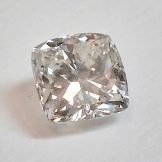
Kinds
Cushion cut is now so popular that several subspecies of this polishing have been developed. Their main difference is the shape and variation of the faces, but only a specialist can distinguish them. The following types of cushions.
- Diamond. It has a more rounded shape.
- Diamond modified. It does not have clear requirements for the parameters. The emphasis is on the maximum preservation of the size of the stone.
- Diamond modified with rounded edges.
- The old mine. It resembles old-cut minerals, which are characterized by a high crown, a small platform and a rather deep pavilion.
Sometimes the technology for processing stones with rounded corners is called "Antique". This is because this method is considered the most ancient, one might say, antique.
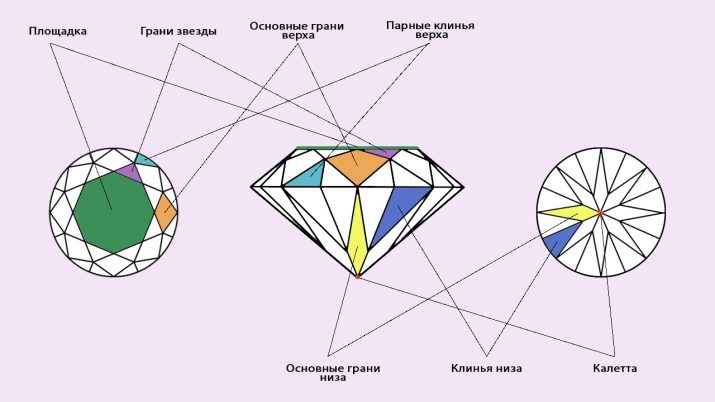
Famous gems
There are many world-famous cushion-cut minerals. Among their representatives are the following diamonds.
- "Kullian II." It is considered the largest stone of its kind and adorns the crown of Elizabeth II. There are nine “Kullians”, the names differ only in Roman numeral and weight and are arranged in descending order.
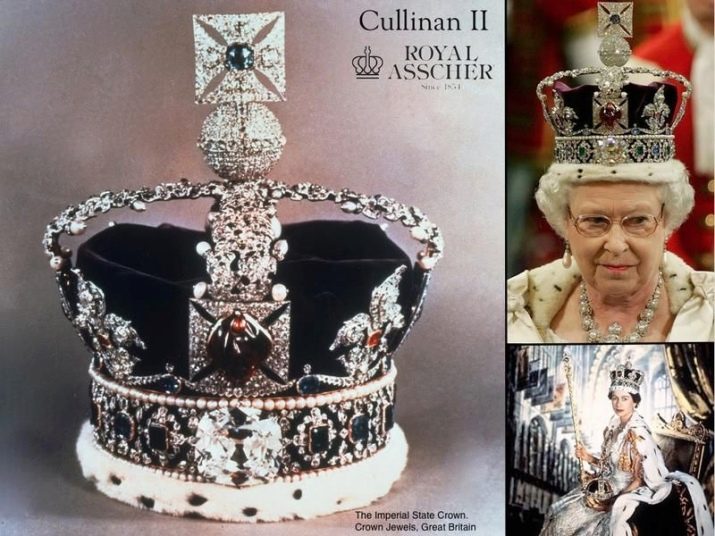
- Golden Anniversary - a stone of golden color. In 1997, he was presented as a gift to the King of Thailand and is still in the Royal Museum of Bangkok to this day.
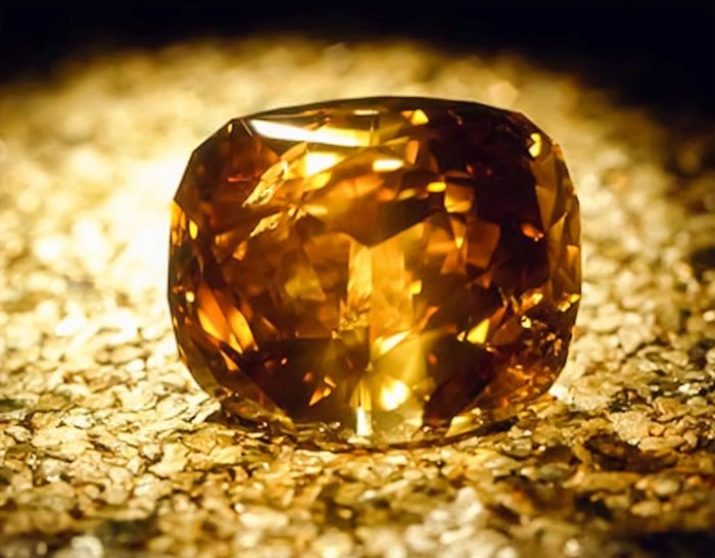
- The Tiffany Diamond - the famous cushion of amber-honey hue, pride and the logo of the Tiffany trademark.
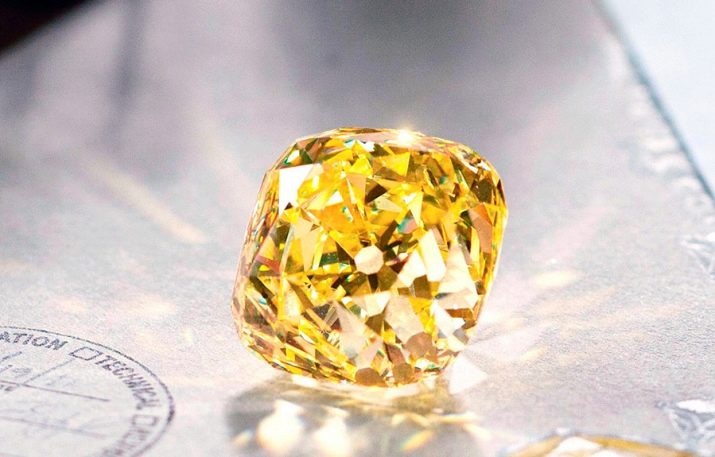
- "Diamond Regent". It has its own mysterious legend and is currently stored in the Louvre.
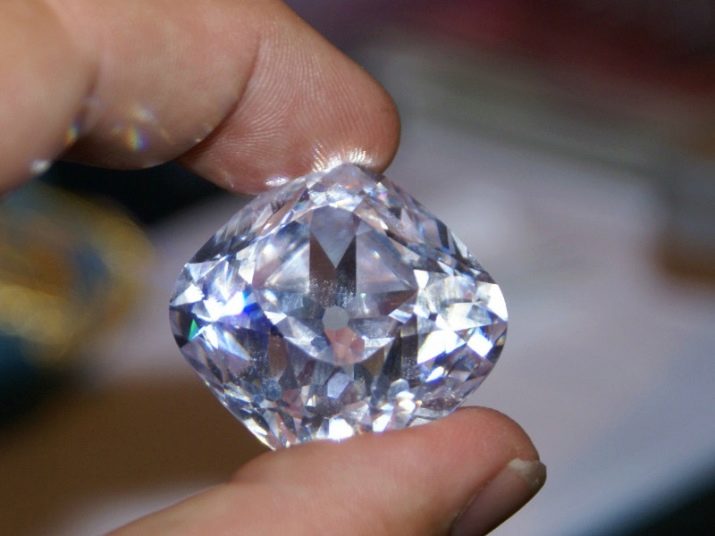
- "Blue Moon". Fantastic beauty stone of a rare shade, was sold at auction.
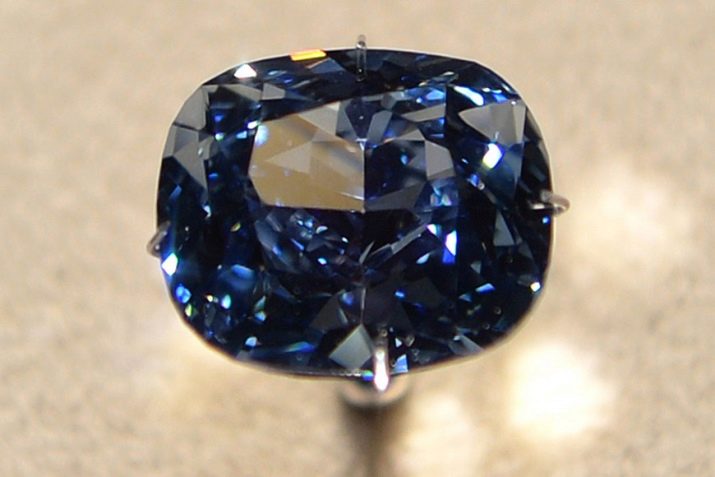
Famous sapphires are also not inferior to diamonds in size or beauty. Among them are stones such as the Blue Giant of the East, Logan, the Blue Beauty of Asia and many others.Each of them has its own interesting and unique story.
Cushon cut Brazilian citrine presented in the video.










